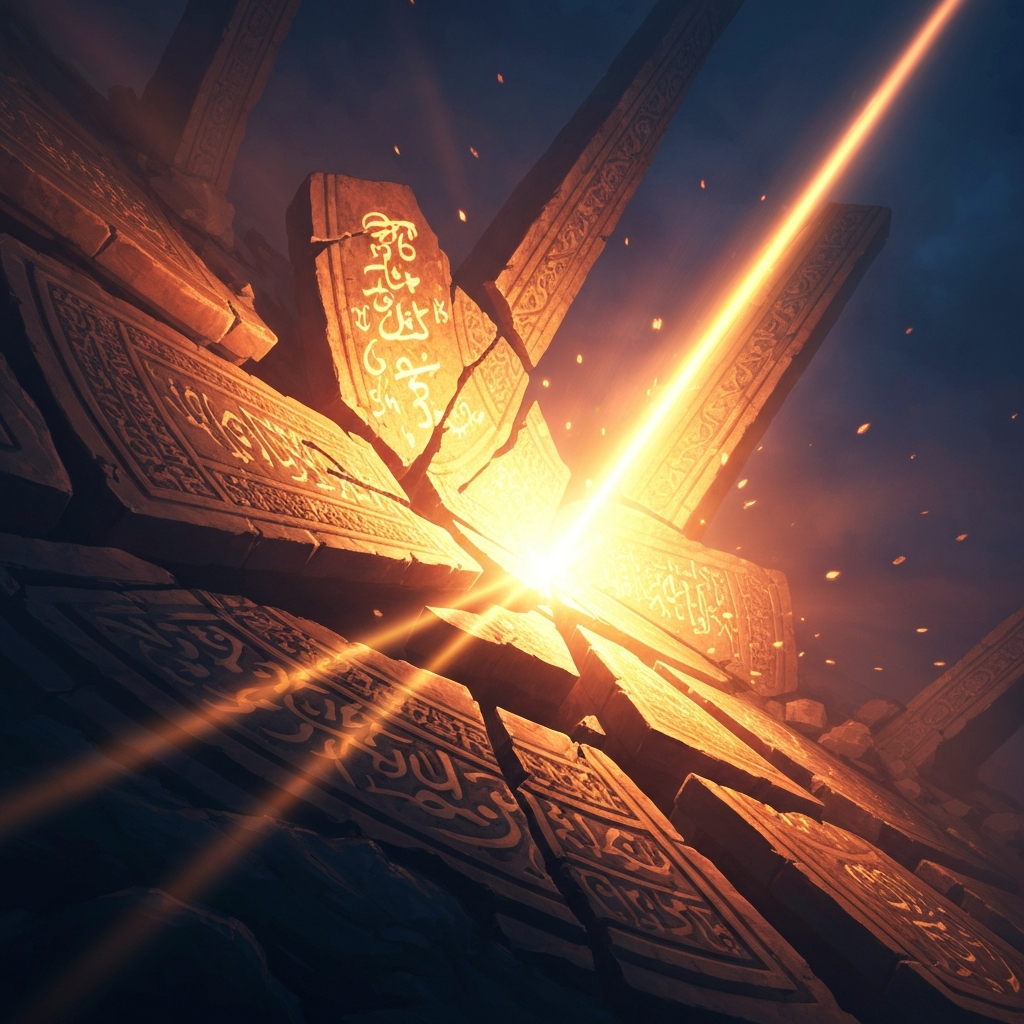
Earliest References to Diwali in Texts and Archaeology
One‑line promise: A clear, evidence‑first guide to the earliest Diwali references in scriptures, literature, and inscriptions—organized for quick reading.
TL;DR
- 7th–9th c. CE: Detailed literary references—Harṣa’s Nāgānanda (Dīpapratipadotsava), Rājaśekhara’s Kāvyamīmāṁsā (Dīpamālikā).
- 10th–13th c. epigraphy: South/West/North India inscriptions use Dipotsava/Dipavali/Divālige, recording lamp endowments, temple rites, public festivals.
Quick Timeline (at a glance)
-
3rd–9th c. CE — Purāṇas (Padma, Skanda, Bhaviṣya, etc.)
Refs used: Dīpāvalī / Dīpotsava / Deepa-dina; bath & lamp rites; Lakṣmī worship.
We learn: Rows of lamps; auspicious bathing; early-medieval footprint. -
7th c. — Harṣa’s Nagananda
Refs used: Dīpapratipadotsava (lamps on Pratipadā).
We learn: Gifts to newlyweds; city-wide illumination. -
783 CE — Jinasena’s Harivaṁśa Purāṇa
Refs used: Dīpālikā; annual observance; Mahāvīra’s nirvāṇa.
We learn: Earliest Jain text naming the festival. -
9th c. — Rājaśekhara’s Kāvyamīmāṁsā
Refs used: Dīpamālikā; whitewashing; rows of lamps.
We learn: Home cleaning + civic lighting custom. -
c. 940s–945 — Rāṣṭrakūṭa (Karnataka) copperplate
Refs used: Dīpotsava; temple lamp grants.
We learn: Royal patronage; lamp endowments. -
1119 — Western Chalukya (Karnataka) inscription
Refs used: Dipavali (Kannada: Divālige).
We learn: Term in epigraphy; public observance. -
13th c. — Venad / Srirangam inscription
Refs used: “Auspicious festival of lights dispersing darkness” (Dīpotsavam).
We learn: Major temple celebration; antiquity claim. -
13th c. — Jalore (Rajasthan) Jain inscription
Refs used: Diwali-day dedication of drama hall with golden cupola.
We learn: Cultural inaugurations tied to Diwali.
Early Mentions in Hindu Literature
- Purāṇas (6th–9th c.):
- Padma Purāṇa: Lakṣmī in lamp oil; Gaṅgā in water; predawn bath & lamps save from Yama’s abode.
- Skanda Purāṇa: When Amāvasyā coincides with Kārttika kṛṣṇa 14, celebrate Deepavali for three days.
- Mentions across Bhaviṣya, Kālikā, Brahma‑Vaivarta, Viṣṇu Purāṇas point to a well‑known lamps festival.
- Harṣa’s Nāgānanda (7th c.): Calls it Dīpapratipadotsava; lamps lit, gifts for newlyweds.
- Rājaśekhara’s Kāvyamīmāṁsā (9th c.): Names Dīpamālikā; whitewashing houses; rows of lamps in cities.
- Medieval travelers (11th–16th c.): Al‑Bīrūnī, Niccolò de’ Conti, Domingo Paes—record lamp‑lit festivities, new clothes, feasts.
Early References in Jain Sources
- Doctrinal anchor: Diwali marks Mahāvīra’s nirvāṇa on Kārttika Amāvasyā; lamps symbolize light of omniscience.
- Hemacandra (12th c.): Notes “Dīpālikā” in common use; equates with older Yakṣarātri.
- Practice: Night‑long lamps, Kalpasūtra readings, Jain New Year right after Diwali in many communities.
Early References in Sikh Tradition
- Guru Amar Dās (16th c.): Recognized Diwali as a panth‑wide gathering day (with Baisakhi); Goindwal baoli visits.
- Amritsar (1577): Foundation era of Harmandir Sahib associated with Diwali season; growing annual sangat at Amritsar.
- 18th c.: Bhai Mani Singh martyred (1738) after organizing Diwali gathering—underlines Diwali’s centrality for Sikhs.
Earliest Archaeological / Epigraphic Evidence
- Rāṣṭrakūṭa copperplates (c. 944–945, Karnataka): Earliest Dipotsava mentions; grants for oil, lamps, livestock to fund temple illumination.
- Kolhapur & Karnataka records (11th–12th c.): Dipavali / Divālige in stone inscriptions; Someshvara II (1119) record in Kannada.
- Dharwad (mid‑12th c.): Temple inscription calls Diwali a sacred utsava; mixed Sanskrit‑Kannada text.
- Venad/Srirangam (13th c.): Inscription praises “auspicious festival of lights which disperses darkness”; links to legendary kings; Vishnu‑Lakṣmī imagery.
- Jain inscriptions: Saundatti (10th c.) records oil donations for Diwali lamps to Jinendra; Jalore (13th c.) ties a drama hall dedication to Diwali day.
- Later records (16th–18th c.) across South India note prasad offerings, tree plantings, and community‑funded Diwali rites.
Bottom line: By 1000 CE, Diwali is firmly present in official records—as Dipotsava/Dipavali—with lamp endowments and public celebration across regions and faiths.
What these early sources agree on
- Lamps/Light as the core motif (rows of oil lamps, illuminated temples, city decorations).
- Auspicious acts: bathing, charity, gifts, sweets, communal worship.
- Plural meanings: Lakṣmī‑prosperity, victory (Rāma/Kṛṣṇa themes), liberation (Mahāvīra), freedom (Bandi Chhor).
- Pan‑Indian spread by the 10th–13th c. per inscriptions.
FAQ
What’s the earliest named reference?
In literature, 7th–9th c. CE texts give direct names (e.g., Dīpapratipadotsava, Dīpamālikā). In Jain texts, 783 CE names Dīpālikā.
What is the earliest inscription?
A 10th‑century Rāṣṭrakūṭa record (c. 944–945 CE) mentioning Dīpotsava; more follow in the 11th–13th c.
Why so many names (Deepavali, Dipotsava, Dīpālikā, Yakṣarātri)?
Different genres, regions, and faiths used variant terms for the same lamps festival.
Sources (as provided)
- Padma Purāṇa; Skanda Purāṇa; Bhaviṣya Purāṇa; Harṣa’s Nāgānanda; Rājaśekhara’s Kāvyamīmāṁsā; medieval travelers.
- Jinasena’s Harivaṃśa Purāṇa (783 CE); Hemacandra’s lexicon.
- Sikh histories: Guru Amar Dās, Bhai Mani Singh (1738).
- Epigraphy: Rāṣṭrakūṭa copperplates (c. 944–945), Western Chalukya (1119), Dharwad (12th c.), Venad/Srirangam (13th c.), Saundatti (10th c.), Jalore (13th c.).
- Modern summaries and analyses collated from the references you provided.